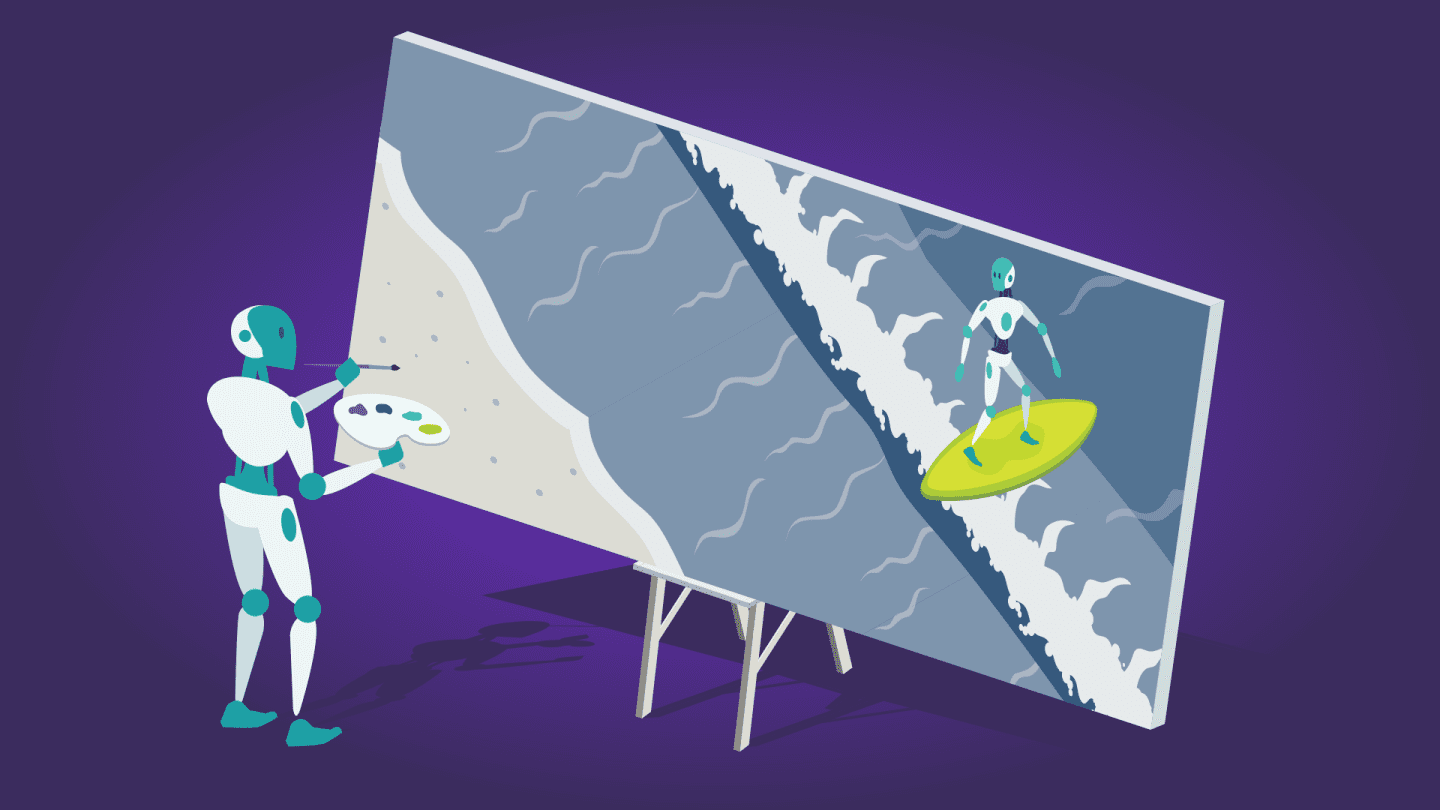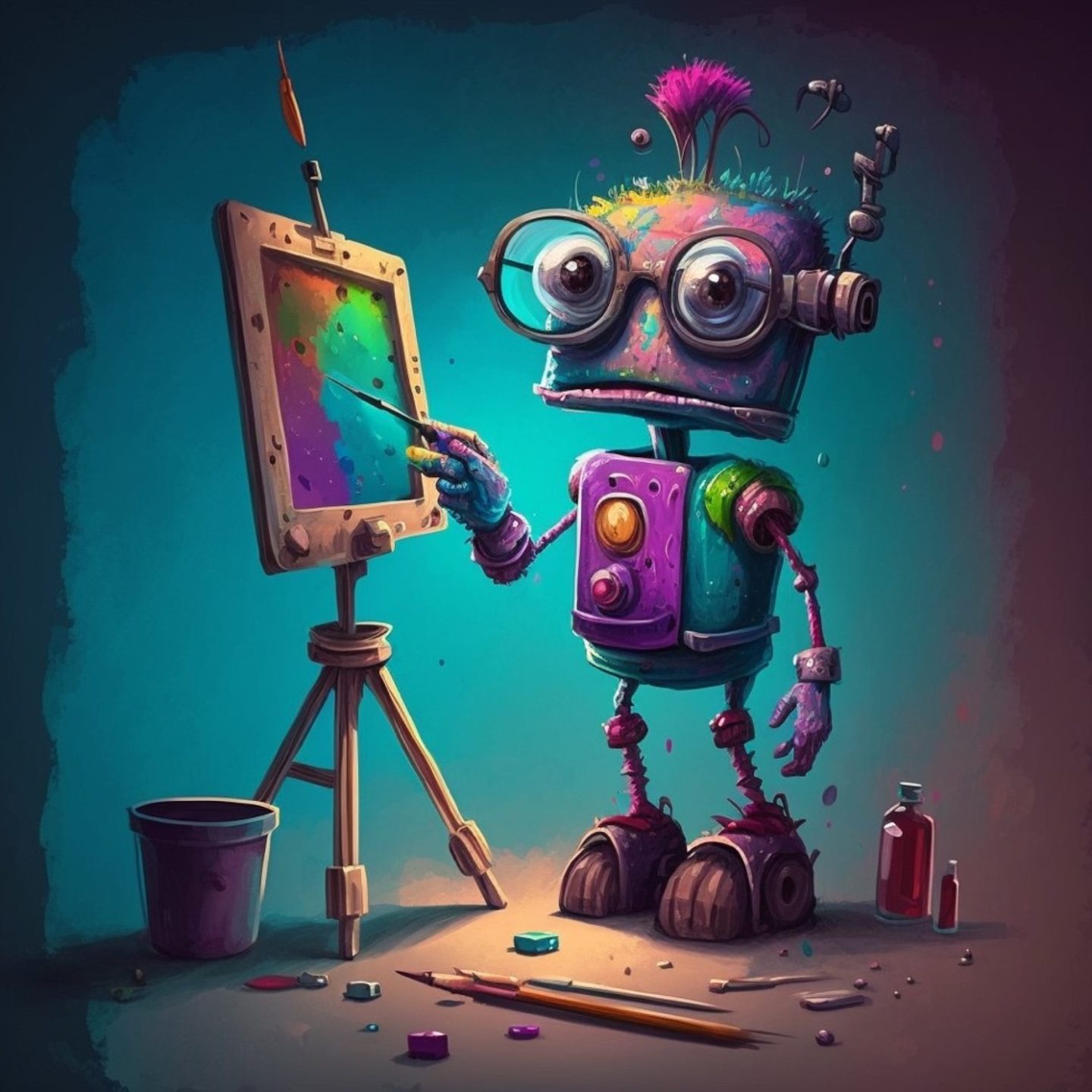Riding the AI Wave: Opportunities for the Bold and Unconventional
Will Generative AI be the death or the breaking of a new dawn for arts? What can we learn from history? What will it mean for how we do business?

I want to share a story with you about a conversation I had with my son back in the summer of 2010. He was at a crucial point in his education, and I wanted to have a serious talk with him about his future. As someone with 20 years of experience in the tech industry, I could see the impact that machine learning and AI were going to have on all sorts of industries.
So, I suggested to my son that he consider a career in the arts or creative services, because I believed that those areas were most likely to be the last frontier where humans could outperform AI. Back then, everyone thought AI would automate all the repetitive tasks, but creative jobs were thought to be safe.
Well, I was wrong. AI is making rapid progress in the arts, and it’s happening faster than we thought. While art and creation still require a higher level of thinking, we can no longer assume that creative jobs will always be done by humans. AI is making amazing advancements in the arts, whether its writing, speaking, drawing, or composing.
Adopting AI to remain relevant
We’ve been challenged to rethink what only humans can do, as AI is automating more tasks every day. This was first evident back in 1997 when Kasparov played against Deep Blue and saw signs of a mind in the computer. And in 2016, the AlphaGo program solved the Chinese board game Go, and its moves were described as “beautiful” and even “touched by the hand of God.” Some may even argue that AI has or will become sentient — remember the Google engineer who claimed this? I think he is just the first and a whole lot more will follow.
Leaving the sentient debate aside, this is an opportunity to embrace AI and other technologies. AI can support your work, just like Google supports you every day. You can use a computer to start a project and put your vision into action, and then develop it further with your own creativity. To stay relevant, you need to find ways to incorporate AI into your business, otherwise you’ll end up like Blockbuster, left behind by others who adopted new technologies and innovative ways of doing business.
AI’s future role in business
Which brings me to the next set of questions: How will organizations structure their workforce and operate as AI becomes more integrated into daily tasks? Does the org chart of the future place AI as a colleague or even in a managerial role?
It’s an exciting and thought-provoking idea, one that will also probably post a threat to our welfare. While organizations are searching for new ways to achieve maximum productivity, how will we benefit as individuals or society? And at what cost?
Will we see whole new levels of fake news and information? The advancements made by AI and related technologies will undoubtedly make it harder to discern the difference between what humans and AI create. Will there be a value in knowing the difference?
The dawn of a new creative renaissance
When photography made headway in the 18th century, there was the fear that it would make painters jobless. As this warning mentioned in a Dutch periodical in 1839 said: “an invention…which could cause some alarm to our Dutch painters. A method has been found whereby sunlight itself is elevated to the rank of drawing master, and faithful depictions of nature are made the work of a few minutes.” The reality turned out a little different.
Portrait painting actually experienced a renaissance. Why?
As early as 1855, one anonymous writer argued against the predictions that photography “would be the death of art” saying it in fact had proven mistaken. “Experience shows that it marks the breaking of a new dawn for art by producing a different, unexpected outcome each day,” he added.
Artists found new ways to benefit from photography. When work was slow, they would pick up taking photos as a side gig. Photos would replace sketches as studies for paintings. Finally, it allowed artists an easy way to reproduce work, enabling them to sell prints of their work or keep them on display after an original work was sold.

The portrait is beautiful. Cartoon. Funny.”
I envision the evolution of integrating AI and similar technologies into daily operations will follow a similar route. Initially, higher paid jobs will be under threat by a lower skilled workforce armed with AI, as this report suggests. Also, in the short run, we will likely see pressure put upon wages. If this happens, I predict that the debate reignites over why human workers have to pay tax on wages whereas a computer doing the same job does not in earnest. However, it is my belief that in the end as a society we will find way to benefit.
Final thoughts
In conclusion, AI is changing everything we do in industry. We’re collecting data at an unprecedented rate, but we don’t have the time to go through all of it. This is where AI comes in, to help us see insights we wouldn’t otherwise see. AI will be everywhere in our platforms, solutions, and creations. Some people may find it frightening, but for me, it’s an exciting opportunity.
My son is now a creative designer at a leading digital marketing bureau. He uses creative AI tools like MidJourney, Stable Diffusion, ChatGPT, and many others heavily in his daily job. I asked him if he felt threatened by these technologies and he surprised me by saying he couldn’t do his job without them anymore. He can build presentations for clients in less than 48 hours with a small team where it previously took two weeks to build with a much larger team. Talk about opportunities for the bold and unconventional.